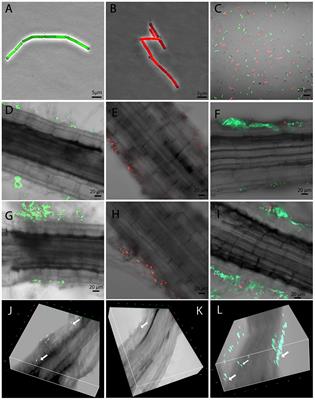ORIGINAL RESEARCH
Published on 22 Dec 2017
Bacillus amyloliquefaciens L-S60 Reforms the Rhizosphere Bacterial Community and Improves Growth Conditions in Cucumber Plug Seedling

doi 10.3389/fmicb.2017.02620
- 5,072 views
- 49 citations
29k
Total downloads
190k
Total views and downloads
You will be redirected to our submission process.
ORIGINAL RESEARCH
Published on 22 Dec 2017

MINI REVIEW
Published on 18 Dec 2017

ORIGINAL RESEARCH
Published on 21 Nov 2017

ORIGINAL RESEARCH
Published on 30 Oct 2017

ORIGINAL RESEARCH
Published on 13 Oct 2017

ORIGINAL RESEARCH
Published on 11 Oct 2017

ORIGINAL RESEARCH
Published on 01 Sep 2017

ORIGINAL RESEARCH
Published on 04 Aug 2017

ORIGINAL RESEARCH
Published on 26 Jul 2017

ORIGINAL RESEARCH
Published on 13 Jul 2017

ORIGINAL RESEARCH
Published on 26 Apr 2017

ORIGINAL RESEARCH
Published on 22 Mar 2017


Frontiers in Plant Science